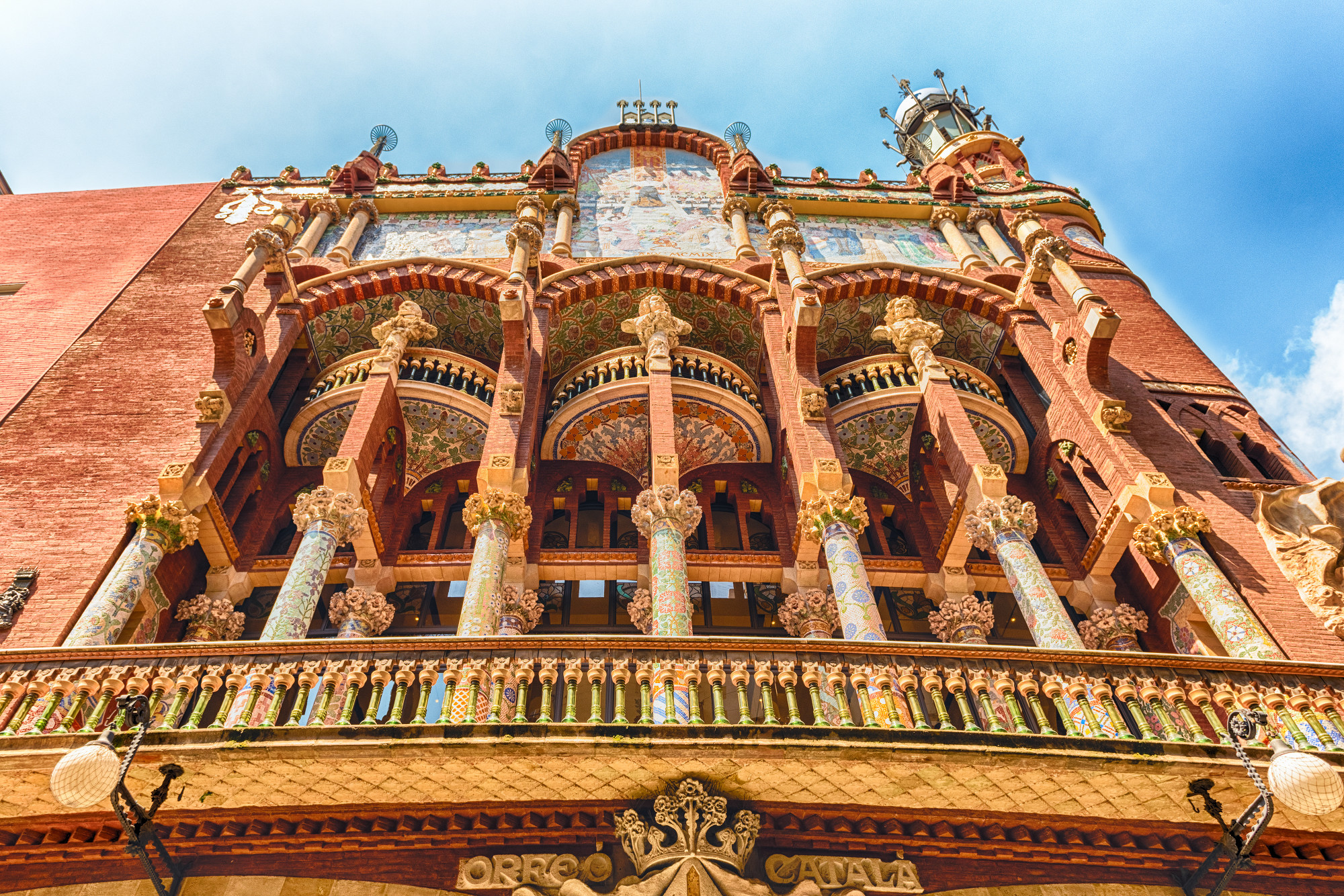These days, it seems like anything old or historic is in danger of disappearing forever. From climate change to relentless consumerism, the pressures of our modern world seem destined to erase centuries-old artifacts from our collective memory.
Hiring a team knowledgeable about historic building preservation is the first step toward saving a building that might be slated for demolition.
We’ve written this quick guide to help you understand how preservation works and how vital historic building preservation is to future generations. Read on for more information!
What Is a Historic Building?
For a building to be considered historic, it must meet specific criteria put forth by the National Register of Historic Places. According to that organization, a building must be at least 50 years old, retain much of its original appearance, and have specific cultural significance.
Furthermore, each state has its own rules about historic buildings. Are you considering a historic designation for your building? If so, you’ll need to nominate it through your state’s historical society.
The Historic Building Nomination Process
Nominating a building for historic declaration requires a multi-step approach. These projects need extensive research to determine the history of the building and the land around it.
An archeological survey is part of the process. Genealogy records are also used to learn more about the original owners and builders and their significant ties to the community.
Surveys are also essential to assess the structure’s integrity. They also take into account the state of important aspects of the design and construction of the building.
Once all the pertinent information is compiled, you submit the required paperwork to the state historical society. They’ll review the application and render their decision. If they approve, you’ll then need to follow the National Park Service’s guidelines for maintenance and repair.
The Benefits of Historic Building Designation
A historic building designation comes with many benefits. As the owner of the property, you’ll be able to access many government services that apply to your building. Let’s take a look.
Protect Your Property From Development
A historic building has certain protections under federal law. For instance, a highway project cannot threaten a historic site. Additionally, if your building lies within a historic district, the entirety of the district must be protected.
Federal Tax Credits
If you are the property owner, you may be eligible to receive tax credits for the money you spend rehabilitating the property. The federal tax credit can be as high as 20%. Speak with a knowledgeable real estate or tax attorney to learn more.
Eligibility for Grants and Other Funding
Historic building preservation can require significant amounts of money. Since the owner is responsible for maintaining the building and adhering to specific guidelines, these costs can add up. Local, state, and federal organizations offer grants and other funding to help with these expenses.
How to Tackle Historic Building Preservation
Now that your building is officially on the registry, it’s time to start a schedule of repairs, restoration, and maintenance. It’s critical that you have the right restoration team on your side because the work is incredibly detailed.
Permits and Guidelines
Any major building renovation requires the appropriate permits. Your historic building is no exception. You’ll need to secure the necessary permits in your area before you begin.
However, you also need to follow the guidelines set by the National Park Service. These guidelines dictate the methods used to repair and restore historic buildings while preserving as much of the original structure as possible.
Repairs and Cleaning
Most historic buildings fall into disrepair over time. One of the biggest causes is the weather. Flooding and wind damage both cause significant damage to the structure and its components.
Mold is likely one of the most significant issues you’ll face. Simply cleaning it might not be enough. Mold remediation with dry ice blasting is one of the most effective ways to eliminate mold. And since it doesn’t involve water, it’s ideal for preserving a historic building.
You’ll want to save as much of the original material as possible during the repair and cleaning process. Much of the material can be safely cleaned and reused during restoration.
Restoration
One of the most important responsibilities you have to your historic building is its restoration. Replicating the original construction and design is critical to maintaining its status on the historic registry.
You’ll need to find as many of the building’s original documents as possible. These may include blueprints, newspaper articles, photographs, and eyewitness accounts.
Then you’ll need to work with a contractor who is familiar with historic building restoration. They can help you find materials that are close to the originals and craftspeople who can replicate the original building techniques.
Reuse
In some cases, you’ll be allowed to alter the purpose of the building as long as key elements of the structure are unchanged. For instance, a historic factory building could be reused as offices or apartments.
Again, you should be certain all your permits are in order before taking on a project like this. And be sure to work with a contractor who understands your vision while still maintaining the essential features of the building.
Preserve History Today
Preserving and restoring a historic building is a big job, but it’s also valuable. America’s historic places help us remember vital parts of our past and inspire us for the future. Taking on a project like this is challenging, but the rewards are priceless.
If you have a specialty project like historic building preservation, get in touch with one of our experts. We’ll be happy to tell you more about our services and why our methods are perfect for a landmark restoration project.

